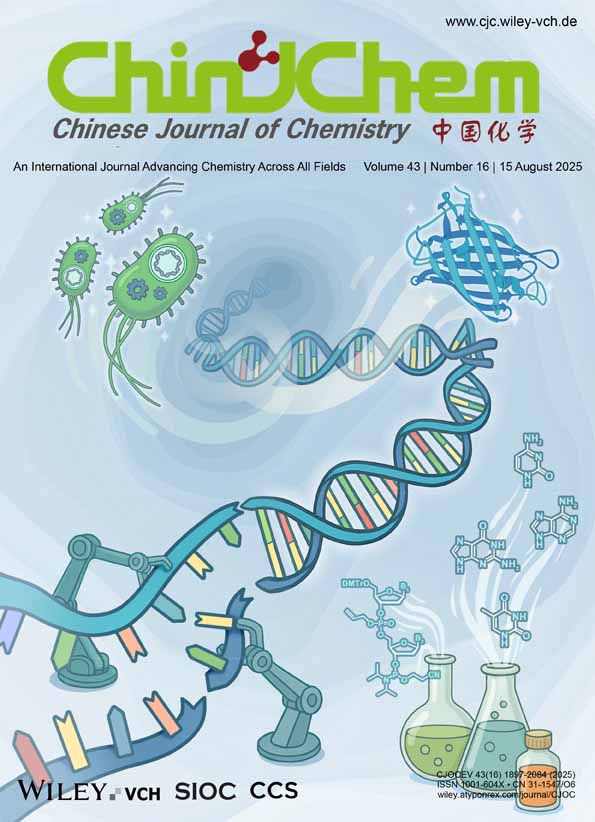ESR study of the free radical intermediates formed during the electrolytic process: III. Electrooxidation of substituted anilines
Abstract
Active free radicals formed by the electrooxidation of substituted anilines RC6H4NH2 (R = H, p-Br, p-Cl, p-I, p-Me, p-COOH, p-MeCO, p-NO2, m-CO2H, and m-Cl) are trapped by spin trap 2-methyl-2-nitroso propane (MNP). A multiple ESR signal of the solution containing electrolytic aniline and MNP is identified with the spin adduct of MNP and radical cation 1 by theoretical simulation of observed spectrum. Furthermore, ESR spectra of para- or meta-substituted anilines give a reasonable explanation about spin adducts of MNP and the cation 2 or 3 by the same method.




